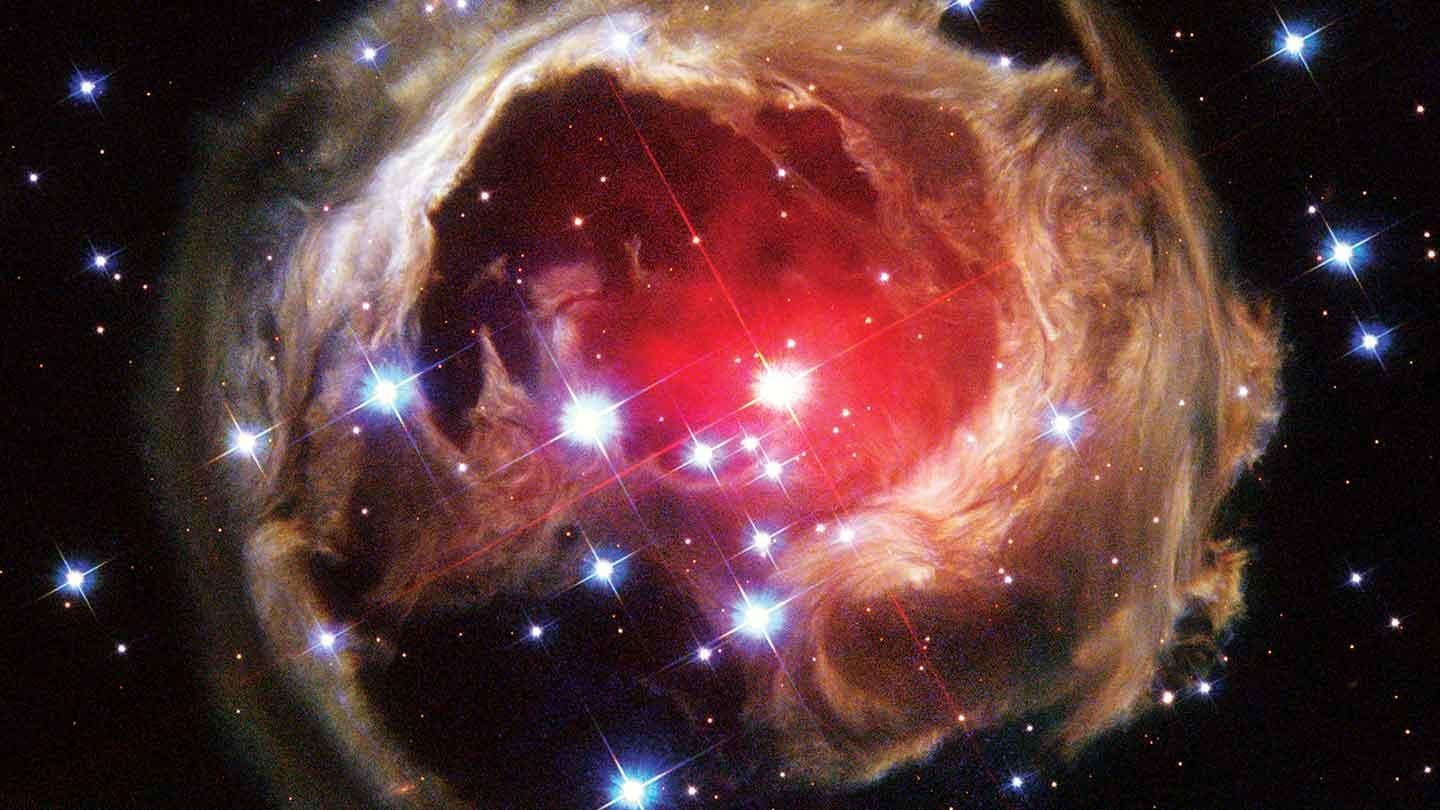Collision of two stars to brighten up our sky in 2022
Predicting such an explosion is a 'one-in-a-million chance', and if they are right it will be the first time it has ever been done

Your support helps us to tell the story
From reproductive rights to climate change to Big Tech, The Independent is on the ground when the story is developing. Whether it's investigating the financials of Elon Musk's pro-Trump PAC or producing our latest documentary, 'The A Word', which shines a light on the American women fighting for reproductive rights, we know how important it is to parse out the facts from the messaging.
At such a critical moment in US history, we need reporters on the ground. Your donation allows us to keep sending journalists to speak to both sides of the story.
The Independent is trusted by Americans across the entire political spectrum. And unlike many other quality news outlets, we choose not to lock Americans out of our reporting and analysis with paywalls. We believe quality journalism should be available to everyone, paid for by those who can afford it.
Your support makes all the difference.Two faint stars could soon collide with each other, brightening up our night sky and changing it forever.
Scientists have predicted that the two stars, which are currently so close to each other that they share an environment, will merge and explode in 2022.
When that happens, the combined stars brightness will increase by 10,000 times. That will make it easily one of the brightest in the sky, and allow it to sit visible in the constellation Cygnus and inside of the recognisable Northern Cross pattern.
Calvin College professor Larry Molnar, who made the prediction, said that he might be out by a year either side. But even getting it right would be the first time such a prediction has ever successfully been made.
“It’s a one-in-a-million chance that you can predict an explosion,” Professor Molnar said in a statement. “It’s never been done before.”
If and when the stars collide they will create what is known as a red nova. Those stars remain mysterious and scientists hope that the prediction will allow for further study of them.
The prediction began in 2008, when another binary star known as V1309 Scorpii led to a red nova of its own. That collision wasn't predicted before it happened, but observations showed how the stars merged and then collided.
Scientists then watched the new star, known as KIC 9832227, through 2013 and 2014. After ruling out other interpretations of the fact that the stars appeared to be getting closer to each other, they became convinced that the collision was the most likely explanation for its unusual behaviour.
“Bottom line is we really think our merging star hypothesis should be taken seriously right now and we should be using the next few years to study this intensely so that if it does blow up we will know what led to that explosion,” said Professor Molnar.
For now, the researchers wil be watching the star and looking at the wavelengths of light that emerge from it.
“If Larry’s prediction is correct, his project will demonstrate for the first time that astronomers can catch certain binary stars in the act of dying, and that they can track the last few years of a stellar death spiral up to the point of final, dramatic explosion,” said Matt Walhout, dean for research and scholarship at Calvin College.
Over time, scientists and amateur astronomers will be able to track the changes in brightness of the star and check that it is holding to the predicted schedule.
Join our commenting forum
Join thought-provoking conversations, follow other Independent readers and see their replies
Comments